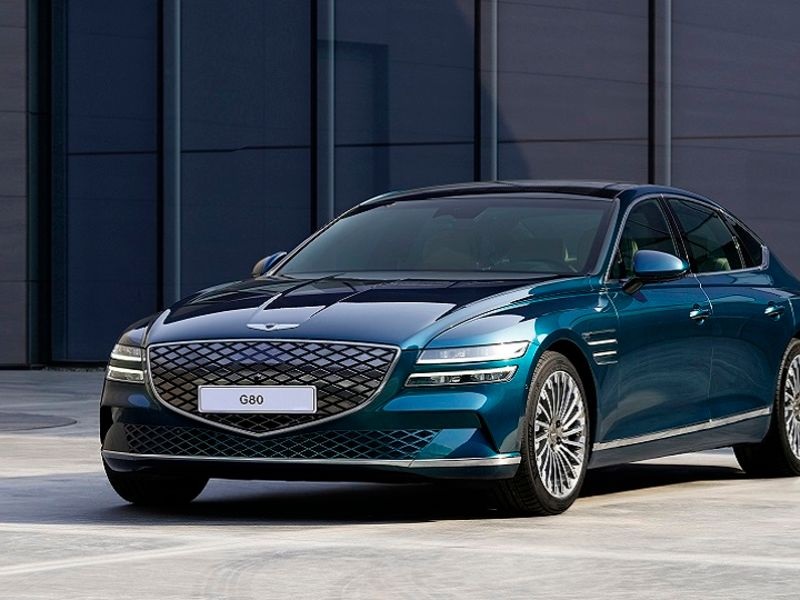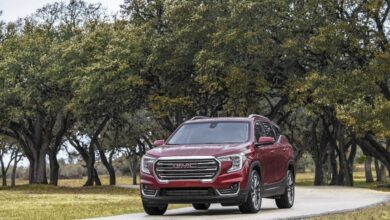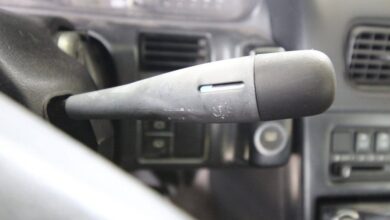Retro Futurism in Auto Design: When Past and Future Collide

Retro futurism in auto design is a captivating concept that merges elements of the past with futuristic visions, creating unique and innovative vehicles that captivate the imagination. This design approach combines nostalgia for the aesthetics of the past with the visionary ideas of the future, resulting in automobiles that are both timeless and forward-thinking.

The Origins of Retro Futurism
The concept of retro futurism emerged in the mid-20th century, during a period when technological advancements were rapidly changing society’s perception of the future. Designers and artists began to look back at the styles and aesthetics of earlier eras, infusing them with modern technological elements to create a vision of what the future could look like.
Key Features of Retro Futurism in Auto Design
Retro futurism in auto design often incorporates sleek lines, chrome accents, and futuristic elements such as LED lights and advanced aerodynamics. These vehicles seamlessly blend elements of classic cars from the past with cutting-edge technology and design principles, resulting in a truly unique aesthetic.
- Distinctive Retro-Futuristic Styling
- Innovative Use of Materials
- Modern Technology Integration
- Functional Yet Stylish Design
Examples of Retro Futurism in Auto Design
Several automakers have embraced retro futurism in their design philosophy, creating vehicles that pay homage to the past while embracing the future. Iconic models such as the Volkswagen ID. Buzz and the Ford GT40 are prime examples of this design approach, blending classic styling with cutting-edge technology.
Retro futurism in auto design offers a fresh perspective on the intersection of past and future aesthetics, creating vehicles that are both visually striking and technologically advanced. By blending elements of nostalgia with innovative design, retro-futuristic cars capture the imagination and inspire a sense of wonder for what the future of automotive design may hold.




